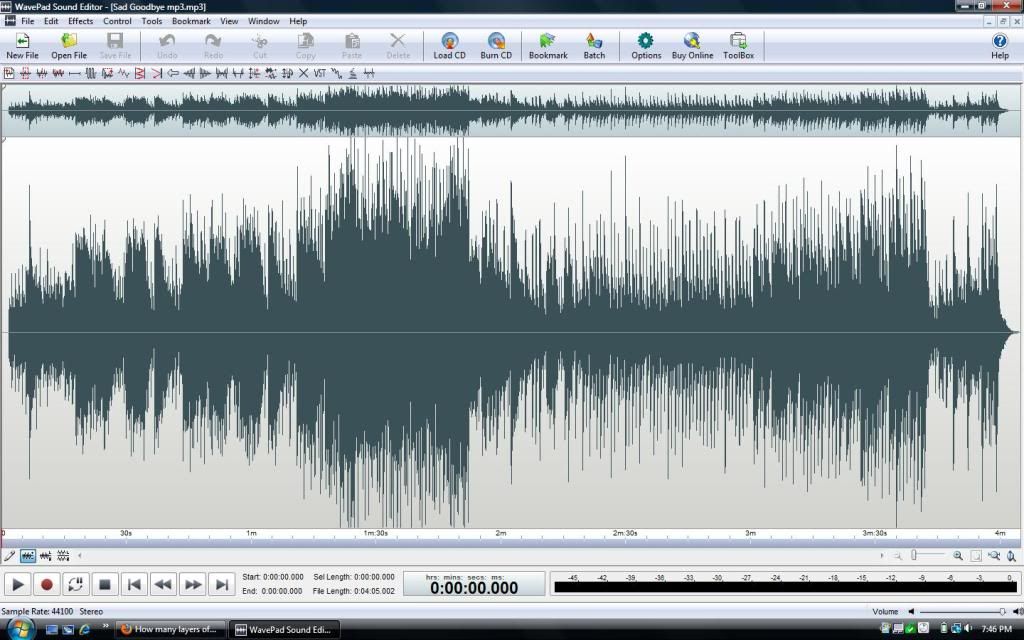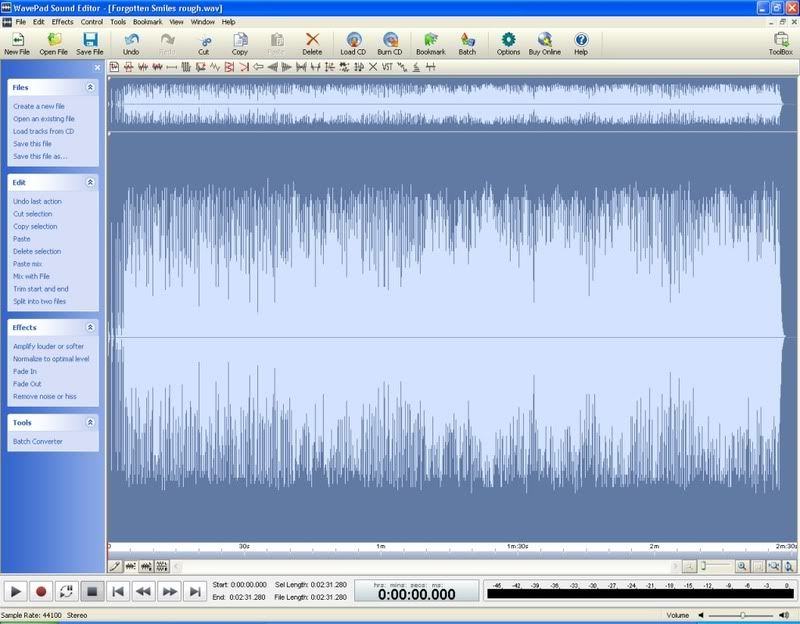This may help as a starting point:
http://en.wikipedia.org/wiki/Dynamic_range_compressionCompressor attack is the speed at which the compressor begins to reduce the gain of a signal once it has passed the threshold set by the user.
As a signal rises from zero, assume a linear rise like a slope on a hillside.... a threshold is set at some point up that hillside. Once the signal reaches and passes that point, the compressor starts to shut it down to keep it from rising more. How fast that shutdown or clamping is beginning to occur is the attack.
Fast attack is used more as a limiter to prevent large spikes from getting through. Fast attacks are very noticeable in the sound under some conditions and are not desired to be heard. Therefore, a slower attack is used to "round off" the signal according to a ratio set by the user.
Side story: I was in a band with a substantially large and powerful PA system. I had bought a compressor/limiter for the PA gear rack. Our band had a major flashpot explosion. It was as if someone dropped a frag grenade on the stage. Without going into details, the blast was immense. It literally ripped every speaker from it's basket in all the open back cabinets. It was picked up by 2 vocal mics not 10 feet away and run into the PA system. It went through the board and out to the monitors and through the gear rack to the main PA. The new limiter/compressor had a fast attack and clamped the signal going to the main PA. We only lost 1 15" speaker in the main PA. In the monitors, we lost every single speaker since the signal in the monitors did not have the limiter. Explosions, dropped mics, plosives, bumped mics, all create the spikes that are destructive to gear and not wanted in recordings.
There is also a release which on some compressors is totally under the control of the user. Some guitar compressors don't have them. With an improperly set attack/release/threshold, it's possible to get the compressor "pumping" as it works to quell the spikes from things like kick drums and snares.... if the compressor is on the mix as a whole, this results in an audible and noticeable volume pumping.
A compressor is a valuable tool but not knowing what it does or how it should be working can result in that tool being abused. It's probably the most abused tool in the audio world and it is so essential to a good mix.
pictures:
Light compression...taming just the spikes

A higher level of compression, still allows some room for dynamics. This level of compression is used on most songs these days. Retains good levels of dynamics but also has nice volume levels through out.

Over ambitious levels of compression. Pumping is likely to be heard on such a mix. I did this mix simply to illustrate a point. Although, it is a common way to use compression on many hard rock songs these days. There is NO dynamics left in this mix..... listening to this sort of mix will fatigue the ears quickly since it stays at full volume through out the song.
